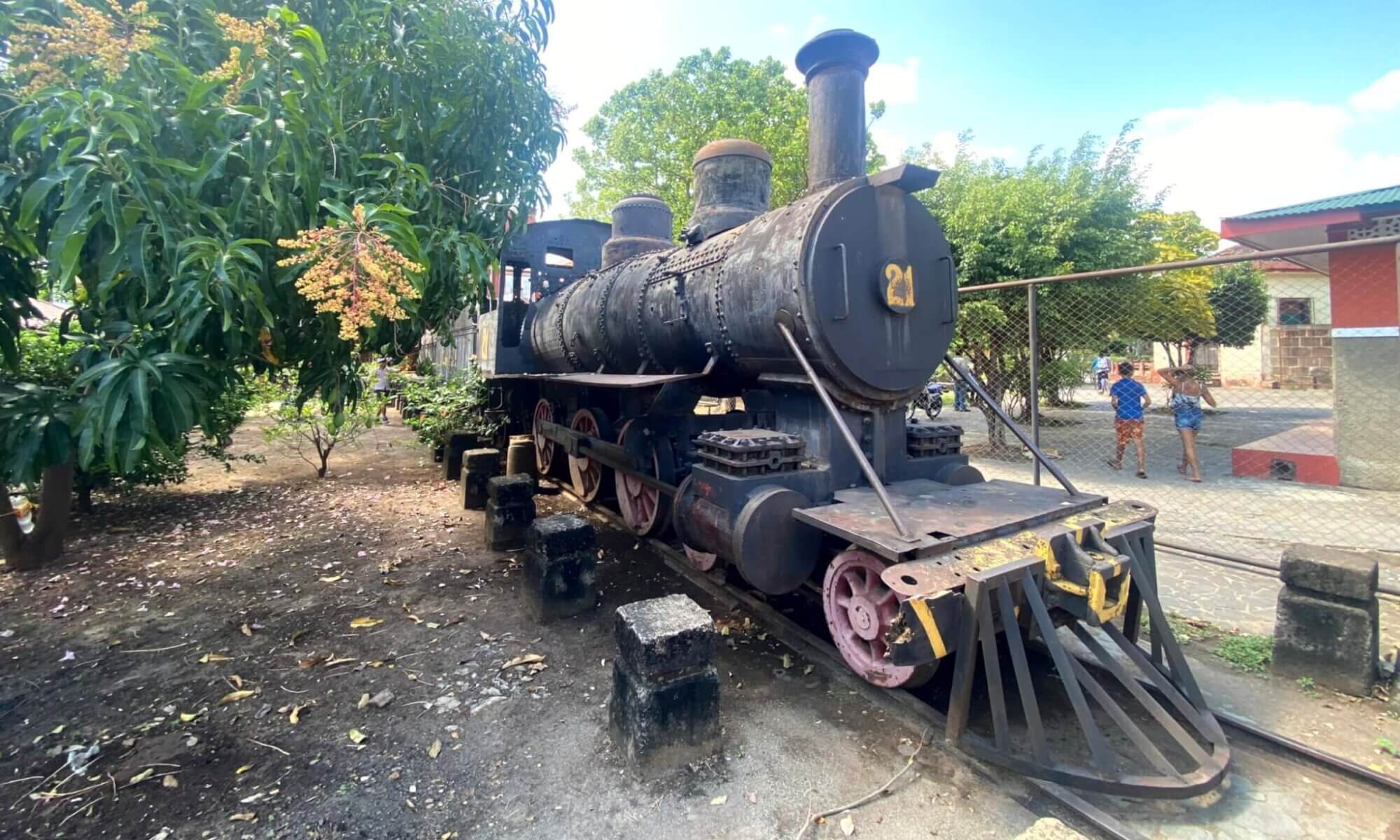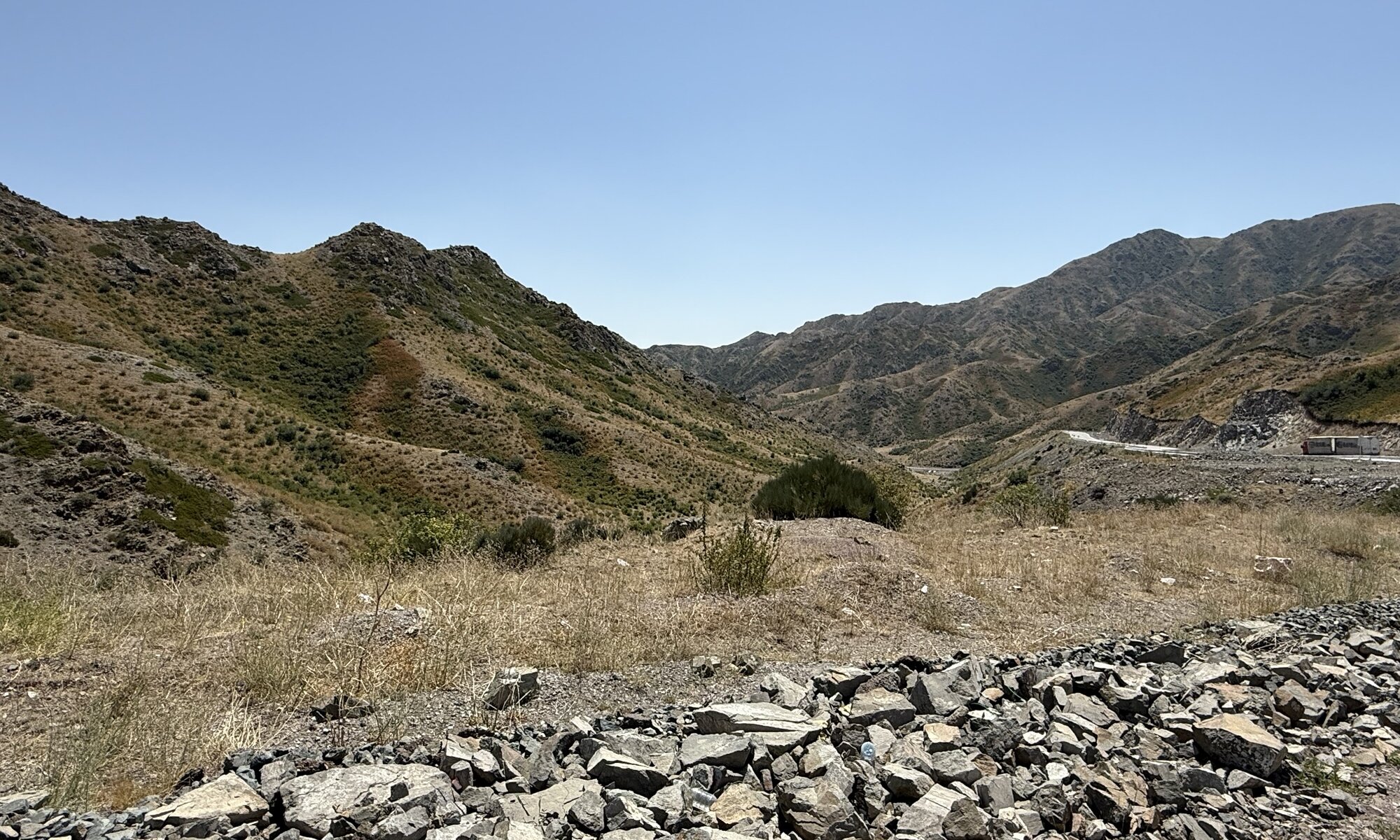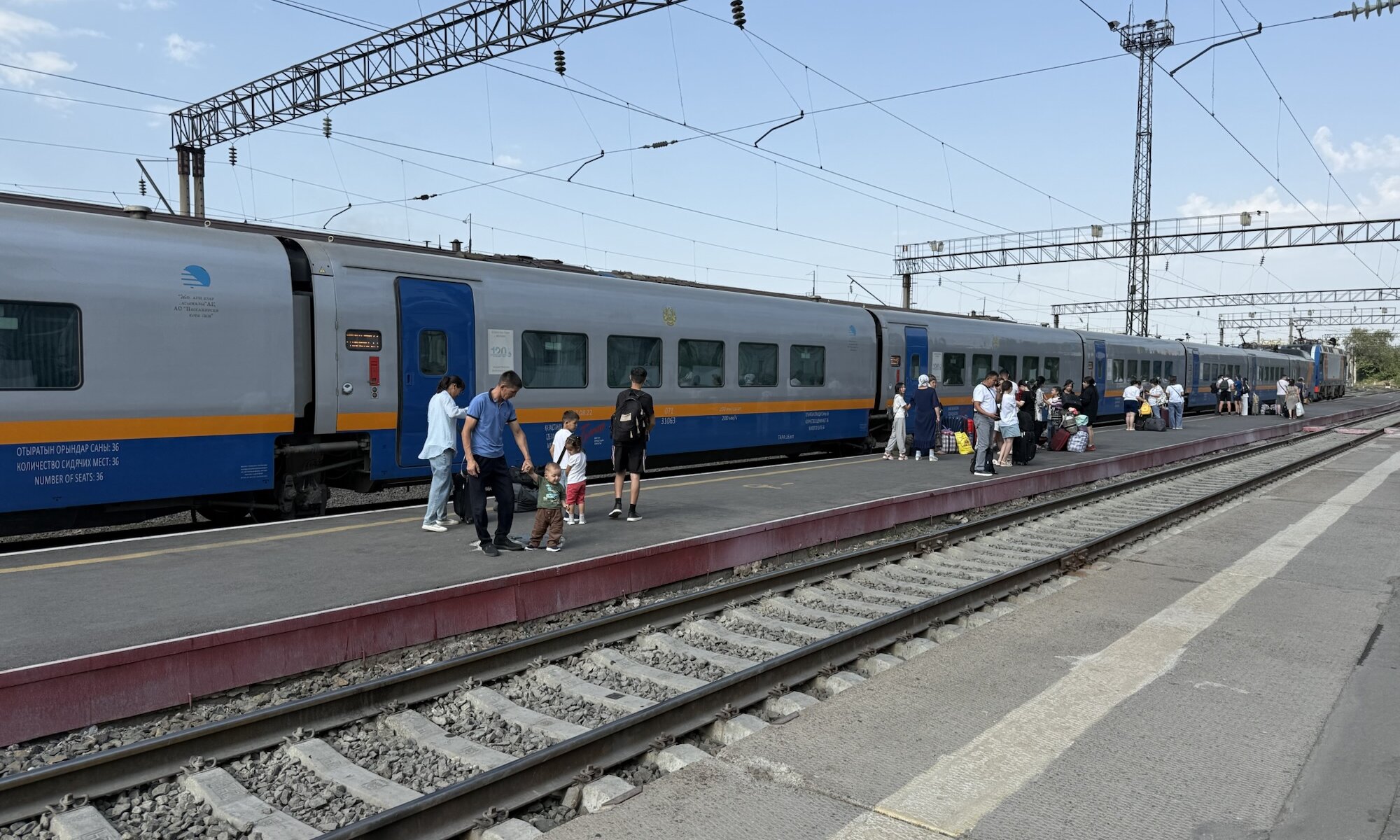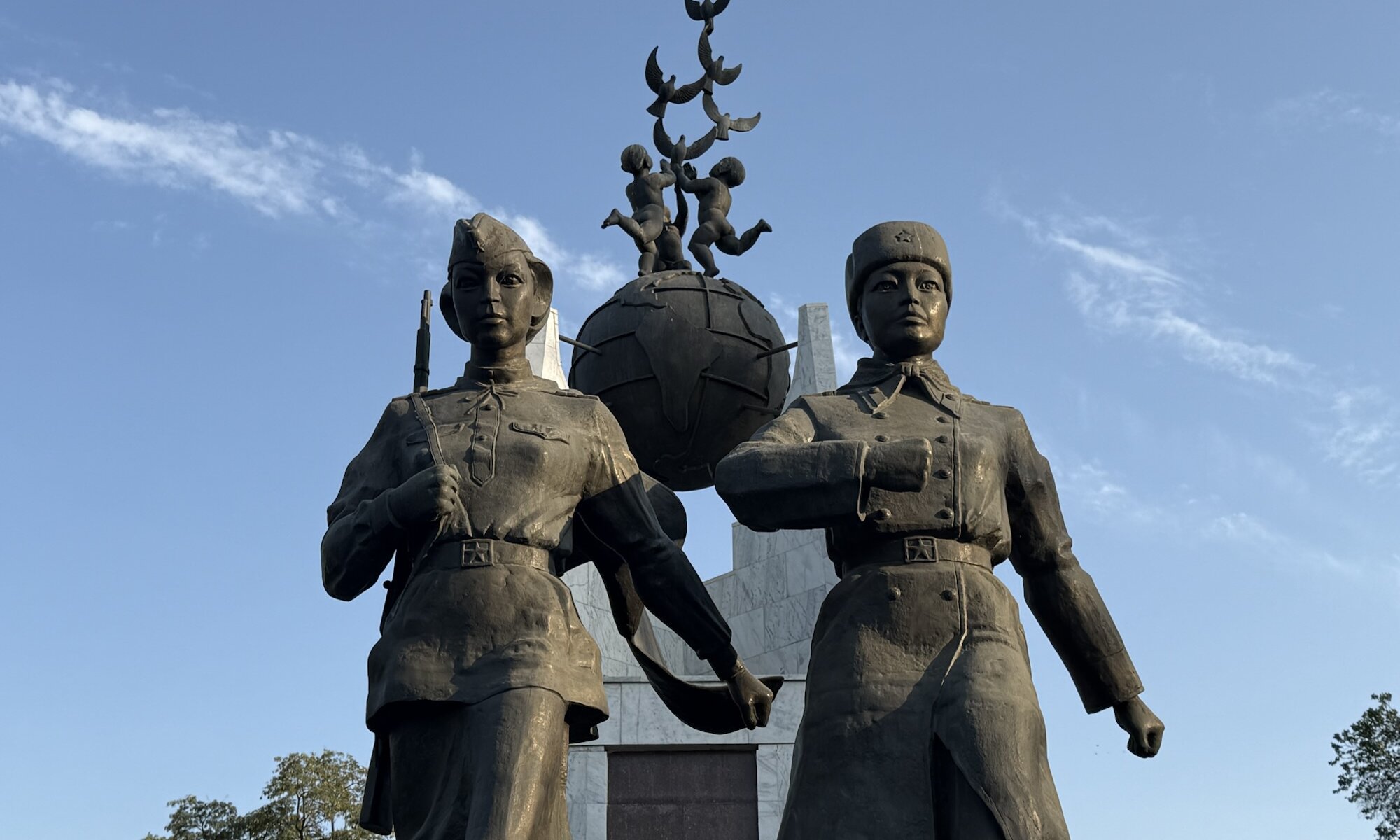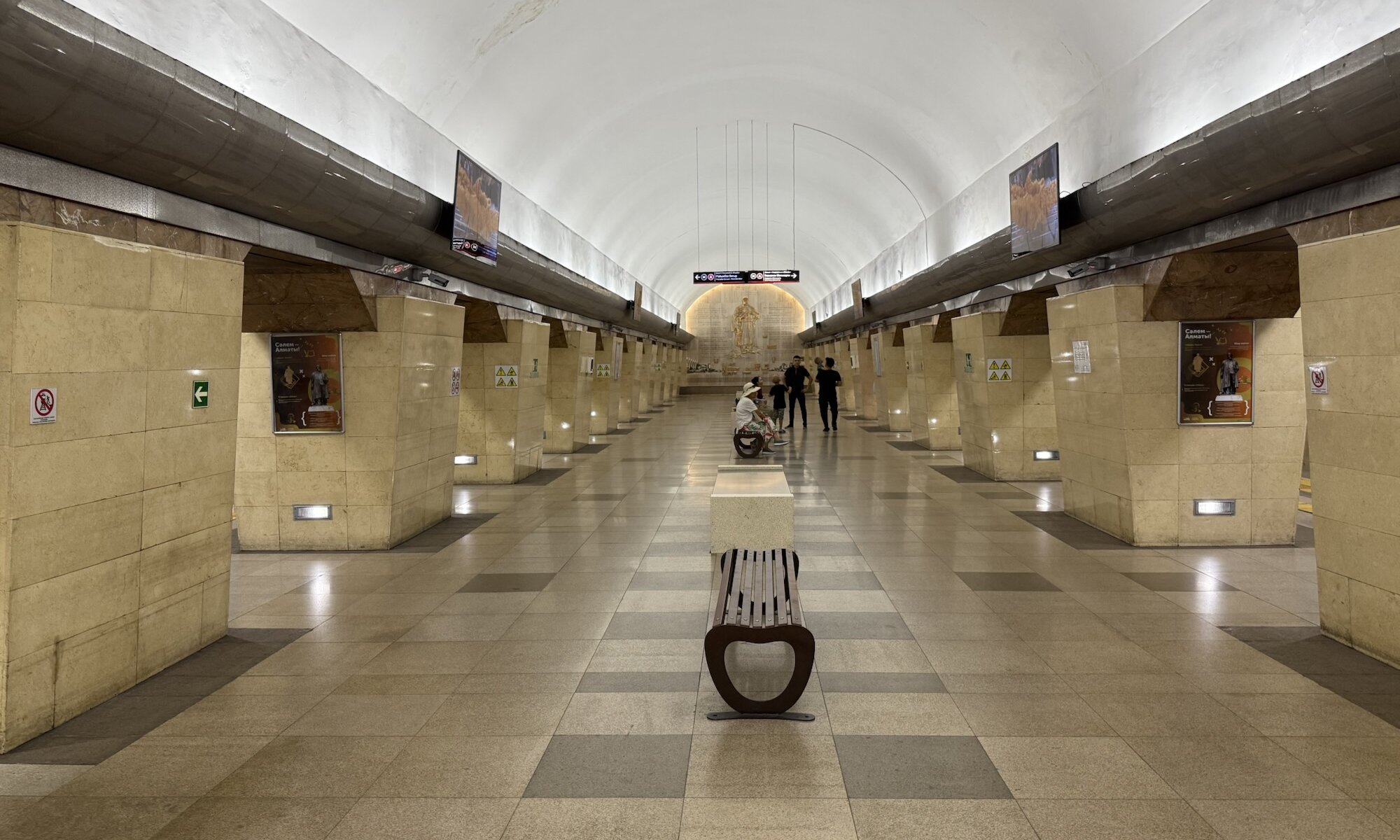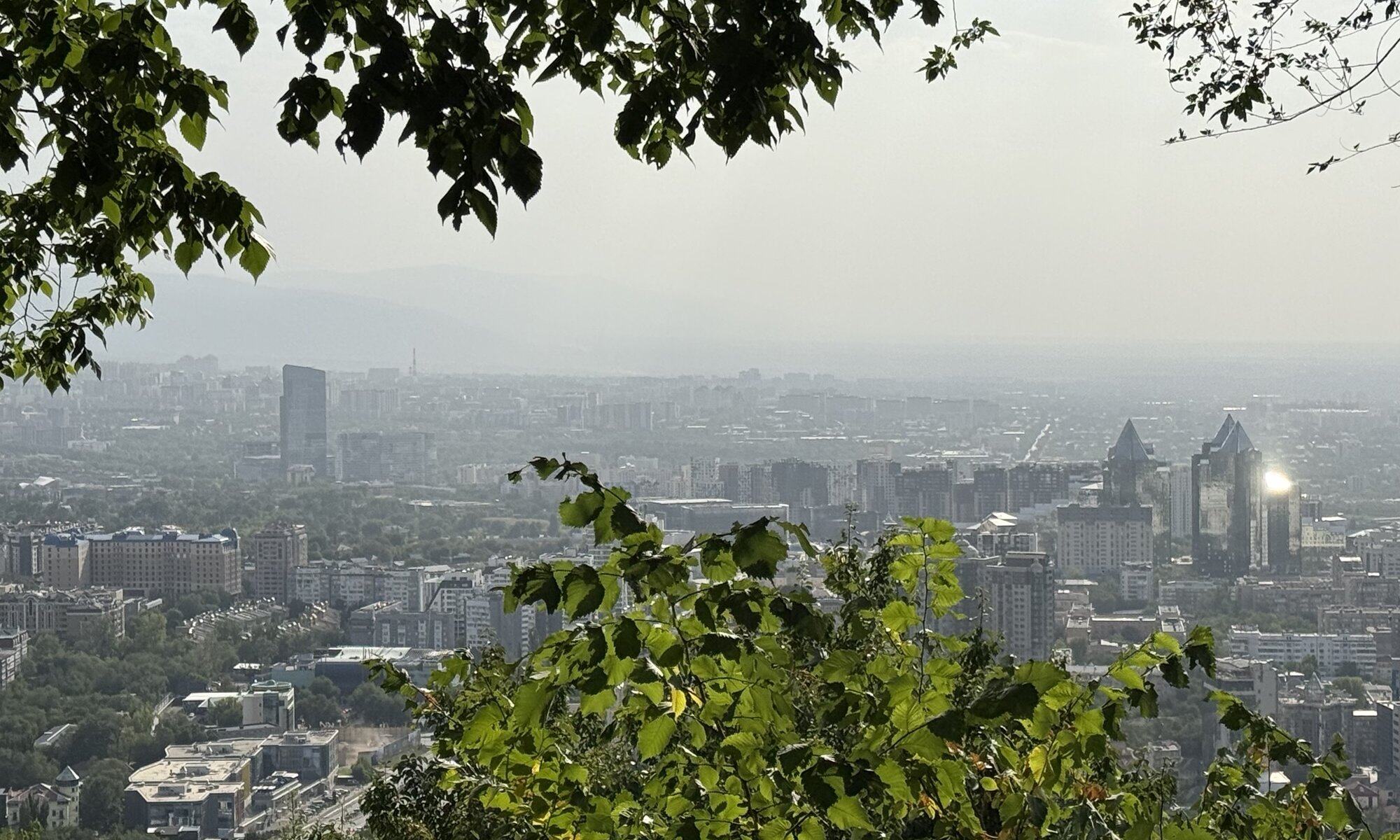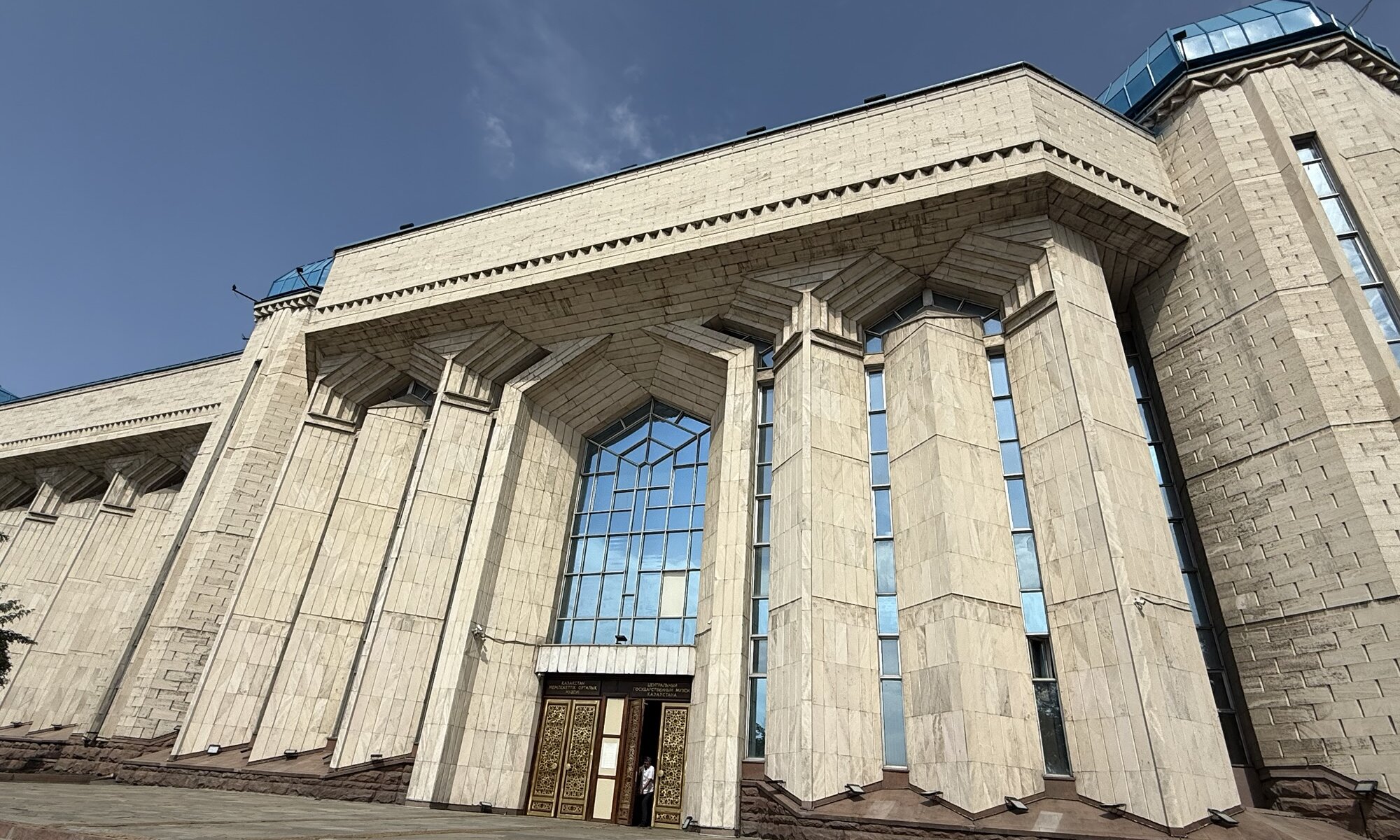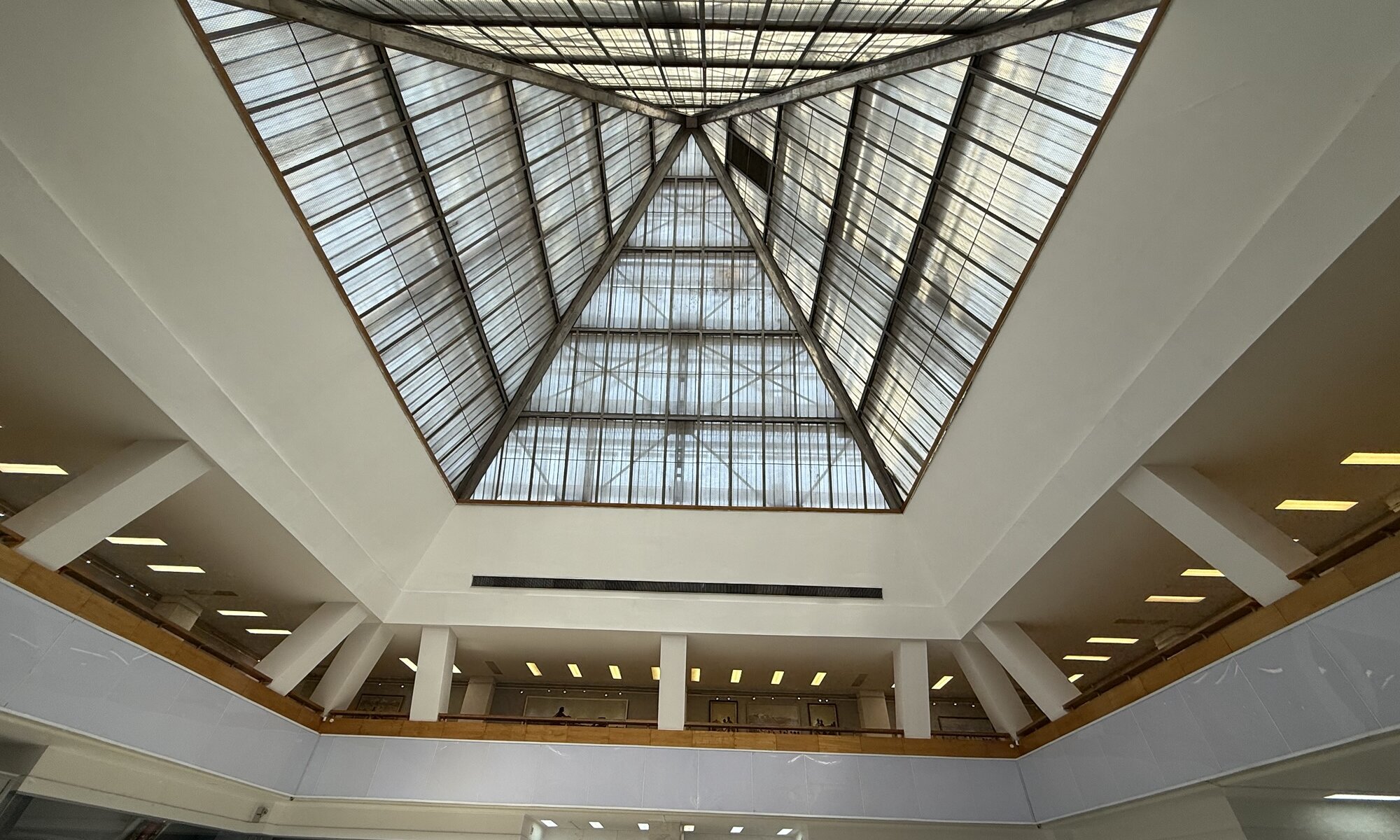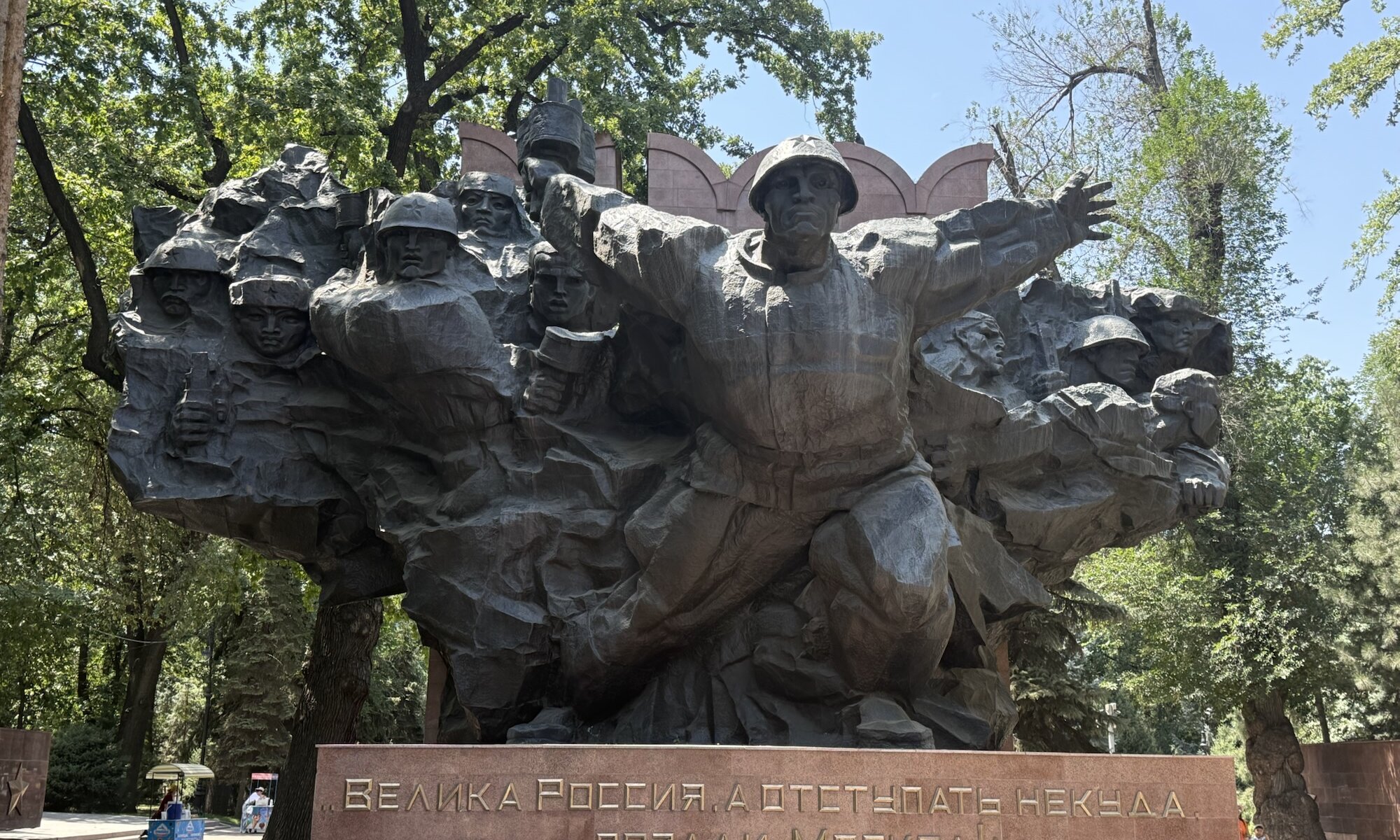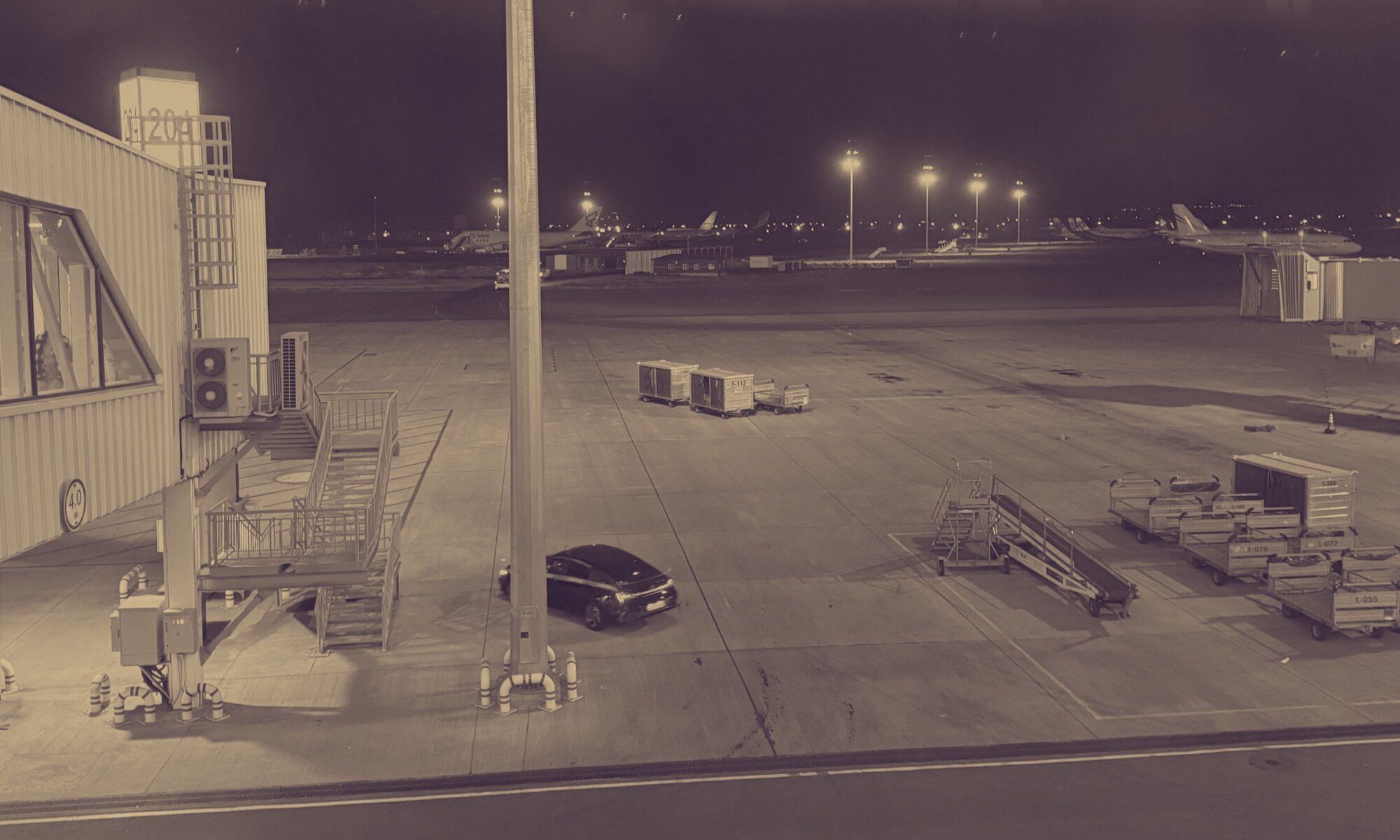Kazakhstan is a fascinating country with a deep and complex history that reflects its position as a crossroads of civilizations. Historically, it was the land of nomadic tribes who roamed the vast steppe, living in harmony with nature and relying heavily on their herds. Its strategic location meant it was influenced by various empires, including the Mongols and the Russian Empire, which shaped its cultural and political landscape. The 20th century brought dramatic changes as Kazakhstan became part of the Soviet Union, undergoing rapid industrialization and social transformation. Finally, in 1991, Kazakhstan declared independence, stepping into a new era marked by sovereignty and development.
Continue reading “Kudaj konakpyn!”темір жолы
Kazakhstan’s railway system, the backbone of its vast transportation network, stretches impressively across the sprawling landscapes of Central Asia. With over 16,000 kilometers of rail lines, traversing arid steppes, bustling cities, and remote outposts, these tracks serve both as practical passage for locals and as an adventurous experience for travelers. Trains remain the lifeblood for many communities, offering a reliable and affordable way to cross enormous distances that would be daunting by road. The national operator, Kazakhstan Temir Zholy (KTP) / Қазақстан темір жолы (ҚТЖ), continuously modernizes the rolling stock and infrastructure, blending traditional charm with growing efficiency.
Continue reading “темір жолы”World War II
Continuous learning about history is a necessity. Even concerning a devastating phase like World War II, collective memory is already blurring. In the Western world people start to think, the United States of America have won the war, in other parts of the world Russia is seen as the victor. But we should not forget that it was the entire Soviet Union that paid the highest death toll to slay fascism. The people of Central Asia had a big stake in this; 600,000 Kazakh people died in World War II – a significant share of the population. That’s the reason why they remember their soldiers like the 28 Panfilov guardsmen, but there are more stories to share.
Continue reading “World War II”City of Apples
Nestled at the foot of the majestic Tian Shan mountains, Алматы (Almaty, formerly Alma-Ata) is a vibrant city rich in history and culture. Its origins date back to the Bronze Age, with early settlements established by farmers and cattle-breeders thousands of years ago. Over the centuries, Алматы evolved through epochs of Saka, Wusun, and Mongol influences, serving as a cultural and trading hub along the Silk Road. In the 19th century, it was officially developed into a city after Russia founded the fort of Verniy. Later, Алматы played a central role as the capital of Soviet Kazakhstan and then of independent Kazakhstan, before the title passed to Астана.
Continue reading “City of Apples”Metro
The Алматы Metro stands out as a modern and architecturally impressive rapid transit system in Kazakhstan’s largest city. Officially opened in 2011 after years of construction beginning in the late Soviet era, it currently features one line with 11 stations stretching about 13.4 kilometers. Each station showcases unique decorative themes that reflect local culture and history, making the metro not only a transport solution but also a cultural attraction in itself. The metro operates daily from early morning until midnight, with trains running every 8 to 15 minutes depending on the time and day, offering a fast and efficient way to navigate through Алматы’s busy urban core.
Continue reading “Metro”Көктөбе
Kök-Töbe, often called the ‚green hill‘, rises over Алматы as a beloved symbol and vantage point for locals and visitors alike. Historically, this hill has served various purposes, from being a gathering spot before the Soviet era to acquiring its current reputation as a recreation area. In the 1960s, city leaders transformed it into a park, adding infrastructure that made it accessible and inviting. The installation of the cable car in the mid-1960s marked the start of its popularity, with further revitalization projects in the 2000s expanding both its attractions and amenities.
Continue reading “Көктөбе”Central State Museum
If you’re exploring Алматы, the Central State Museum of Kazakhstan is one stop that shouldn’t be missed. This grand museum sits in a leafy area, and its imposing blue-domed structure makes it instantly recognizable. As you approach, you’ll notice the constant buzz of school groups, travelers, and locals alike – all eager to learn more about the country’s rich heritage. The museum’s halls are vast and welcoming, providing a refreshing escape from the city’s hustle and heat.
Continue reading “Central State Museum”Kasteyev
The Abylkhan Kasteyev State Museum of Arts in Алматы is the largest and most prominent art museum in Kazakhstan. Established officially in 1976, it was named in honor of Abylkhan Kasteyev, a celebrated Kazakh painter and founder of the national school of painting. The museum’s collection exceeds 23,000 works, encompassing an extensive range of Kazakh historic and contemporary art, Soviet-era pieces, Russian art from the 17th to 20th centuries, as well as Western European and East Asian art. Its holdings include paintings, sculptures, ceramics, textiles, and folk applied art, making it a comprehensive showcase of Kazakhstan’s rich cultural heritage alongside global artistic traditions.
Continue reading “Kasteyev”28 Panfilowzy
The Panfilov park in Алматы is one of the city’s most beloved and historically rich green spaces, spanning around 18 hectares in the city center. It dates back to the late 19th century, originally established as a city garden over an old cemetery site. Over decades, the park’s name evolved several times – from Starokladbischensky park to Pushkin garden and Lenin park – before receiving its current designation in 1942. This renaming honored the heroic 28 Panfilov guardsmen, soldiers from Алматы and nearby regions who fought valiantly during World War II.
Continue reading “28 Panfilowzy”Almaty International Airport
Touching down at Almaty International Airport is often the first experience many travelers have in Kazakhstan, and it’s one that leaves a strong impression. The airport itself, situated not far from the city center, is framed by the spectacular Tien Shan mountains – when the weather is clear, the view from the terminal windows is truly breathtaking. Despite serving as the main gateway for international visitors and domestic travelers alike, the airport has a notably calm and even friendly atmosphere, especially when compared with the frantic pace of larger global hubs.
Continue reading “Almaty International Airport”